“Steady… Steady… Okay now, now, now!” someone shouts, as tens of camera shutters flutter around me. I’m at an unassuming HDB carpark in Queenstown, where around forty people have gathered around a tree under the searing midday sun. The source of the excitement? A slightly grumpy-looking fluff ball balanced on a branch – a baby Grey-rumped treeswift whose dad is elegantly swooping down to feed her lunch. I coo over the heartwarming scene from the barrels of my binoculars, and realise there’s no denying it: I am now a full-fledged birder.
“Birding in Singapore has undoubtedly grown as a hobby over the last five years or so,” says Raghav Narayanswamy, a 21-year-old volunteer at the Singapore Birds Project.
“While part of that was due to people having more time on their hands during Covid-19, a growing interest in photography might also be [a contributing factor] as people want to take good pictures of birds and build a ‘collection’ of sorts.”
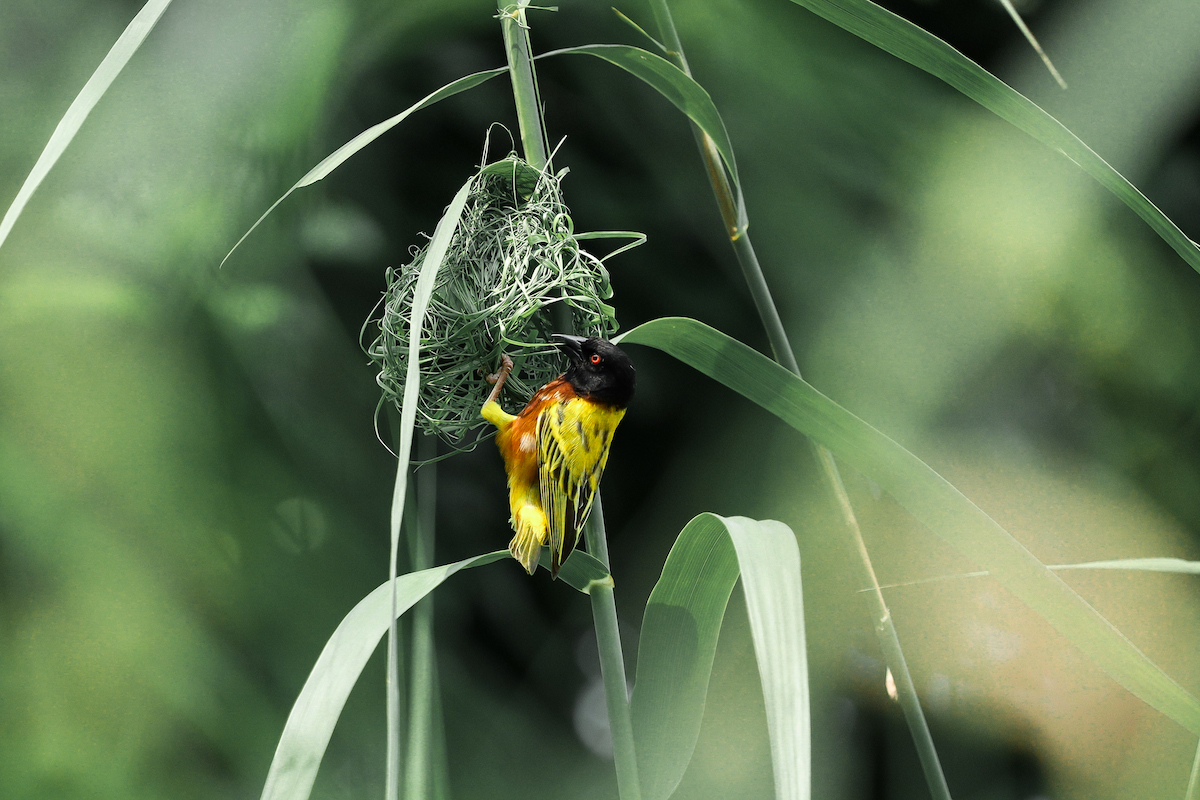
Given Singapore’s relatively small size, most naturalists prefer flocking to neighbouring countries like Malaysia and Indonesia for some fowl play. However, according to the Singapore Birds Project’s checklist, over 428 species have been sighted here. The action gets especially exciting between October and March, when migratory birds stop by our shores before continuing their long journeys.
“Singapore is a good location for watching bird migration,” shares Richard White, a 58-year-old lecturer, expedition leader and wildlife expert who has been based here for the past decade. “Every season, there are scarce and unusual migratory species to search for in the parks, gardens and nature reserves.”
In the past few months, for instance, star appearances have been made by a Great slaty woodpecker at the Singapore Botanic Gardens – leading to one groom pausing his wedding speech for a chance to photograph it – and a critically endangered White-crowned hornbill at Pulau Ubin.
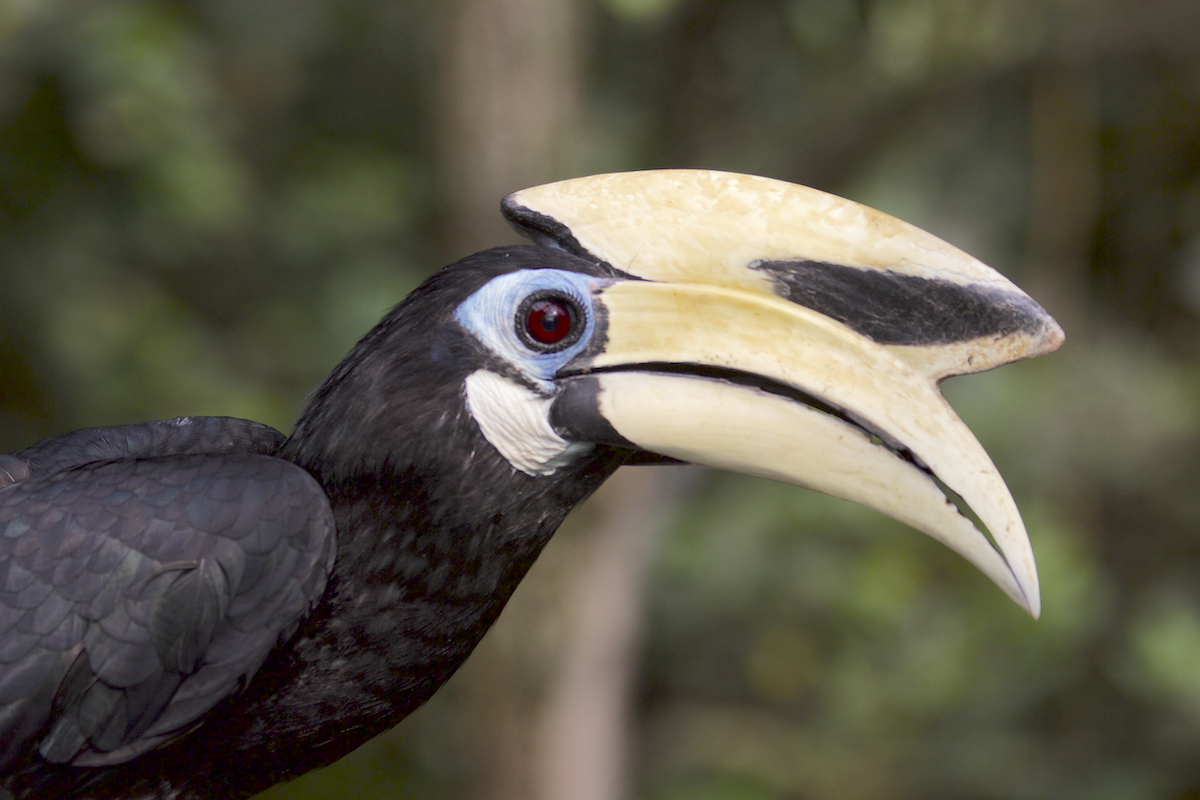
Birding’s low barrier to entry makes it an easy hobby to pick up, especially given how friendly and informed the local community is.
“We have an incredibly high density of birdwatchers over a small land area,” says Raghav. “The example that always comes to mind for me is the Tree pipit, a bird that had never been seen in Southeast Asia before 2021. It turned up at the unlikeliest spot – behind a random bus stop on Clementi Road – and was spotted by a birdwatcher!”
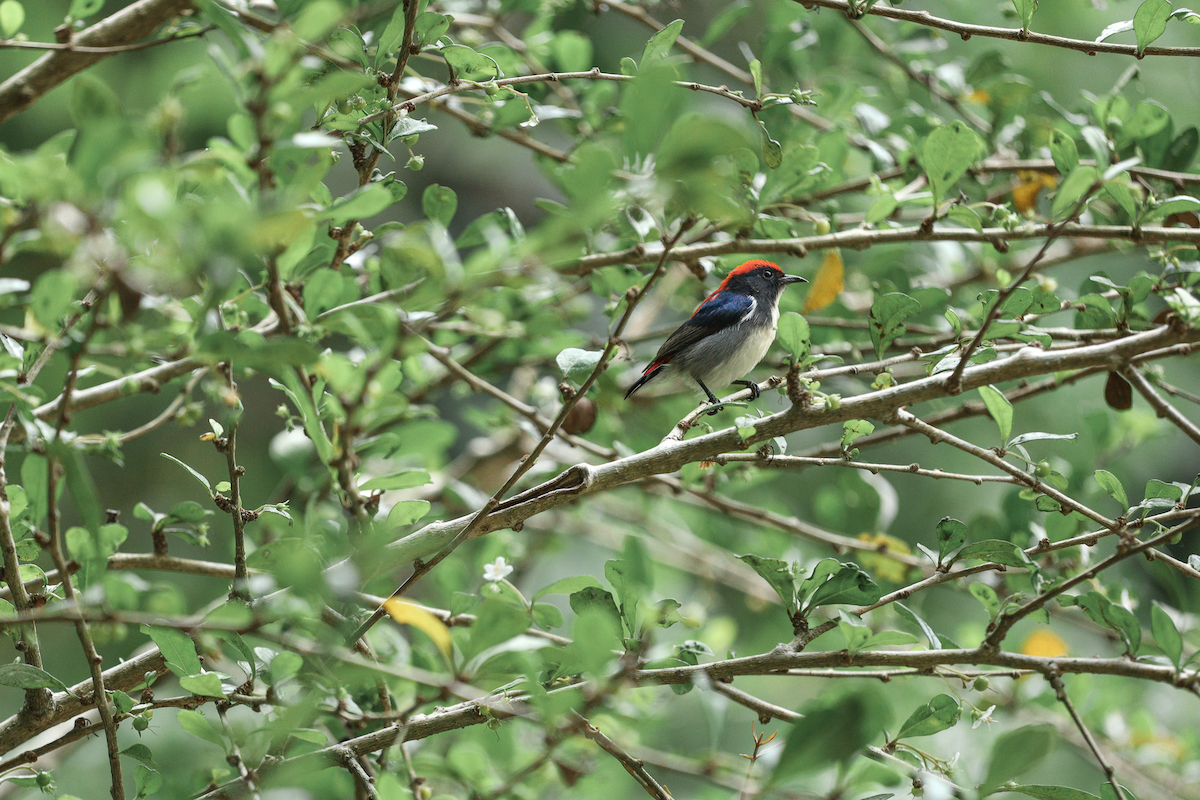
With the Bird Paradise at Mandai Wildlife Reserve now open, new birders can also learn more about species from around the world while practising their photography skills in a more controlled environment. No matter where you begin your birding adventures, keep a curious eye out, and enjoy getting to know some of our fabulous feathered friends.
5 birding tips for newbies
- Pick your timing: The early bird catches the worm, and the early riser catches the bird – head out between 7am and 8.30am on a sunny day to maximise your chances. Really not a morning person? You can also try your luck just before sunset, between 4pm and 6pm.
- Gather your intel: Join Facebook groups such as Bird Sightings or Singapore Birders for the latest hotspots, while the SG BIRDS (Sightings/Live Update) Telegram group is great for real-time updates.
- Let apps help: Merlin is best for visual identification, while BirdNET is essentially Shazam for bird calls. To keep a record of the birds you’ve sighted while contributing to scientific research, eBird is the global authority.
- Connect with others: Birders are generally happy to share sightings, knowledge and advice. So feel free to say hello to fellow birders on your walk, and check if they’ve seen anything interesting!
- Be respectful: Finally, it’s important to ensure we keep the birds – and each one another – safe. As a general guideline, don’t feed wild animals, don’t make or play bird calls (referred to as “pishing” and “playback” respectively), and don’t get too close to nests or disclose their locations.
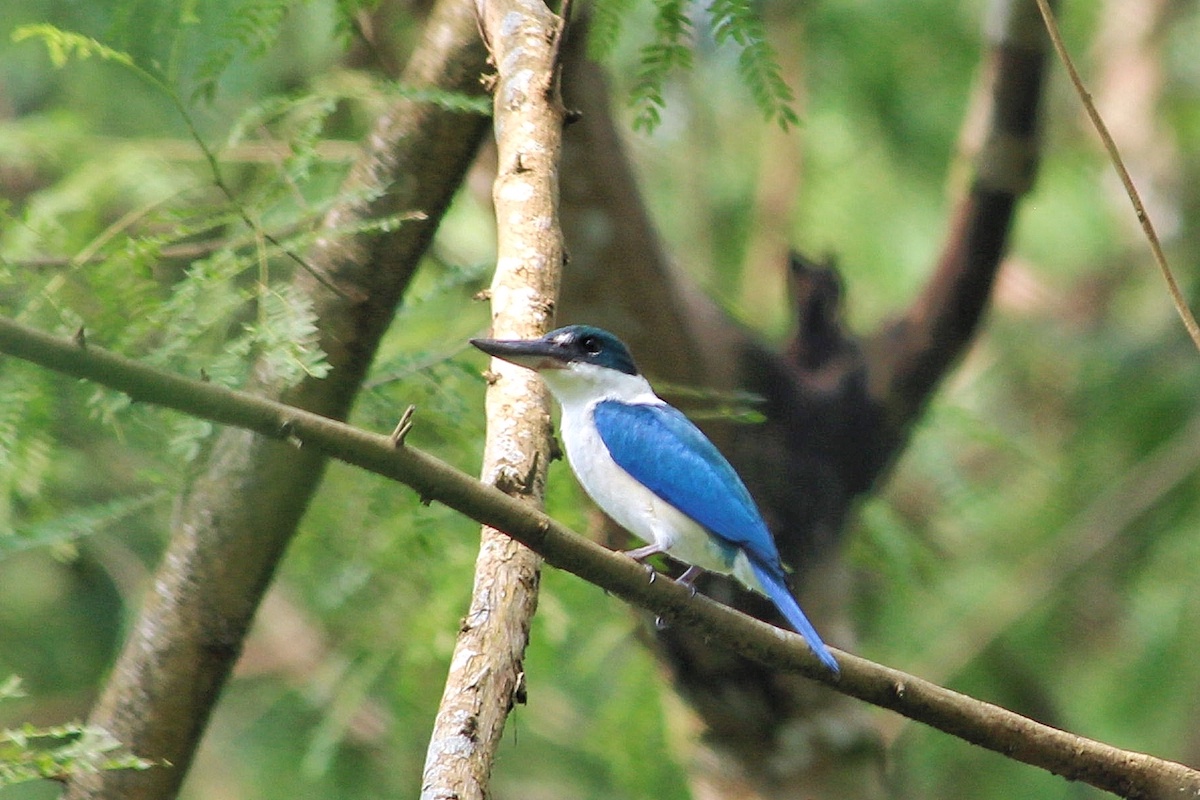
What to pack
- Binoculars: A pair of 8×42 binoculars are perfect for beginners. The first number refers to the magnification power, and the second is the objective lens diameter. A higher zoom will make the image more unstable due to hand shake, while a wider lens will add weight – so bigger is not always better.
- Camera: Options from Canon, Nikon, or Sony are safe bets, and you can pair your camera with a 100-400mm zoom lens to start. A tripod is also useful, if you don’t mind lugging it around.
- Attire: Dark, earth-toned outfits keep you inconspicuous, while a hat and comfortable, waterproof shoes will protect you against the environment.
- Sunscreen
- Insect repellent
- Water
Where to go
North: Sungei Buloh Wetland Reserve
Singapore’s first ASEAN Heritage Park is a 202-hectare sanctuary, with habitats ranging from mangroves to coastal wetlands to forests. This spot becomes especially popular during the migratory season, when shorebirds like the Common redshank and Pacific golden plover can be spotted along the 2km-long Migratory Bird Trail.
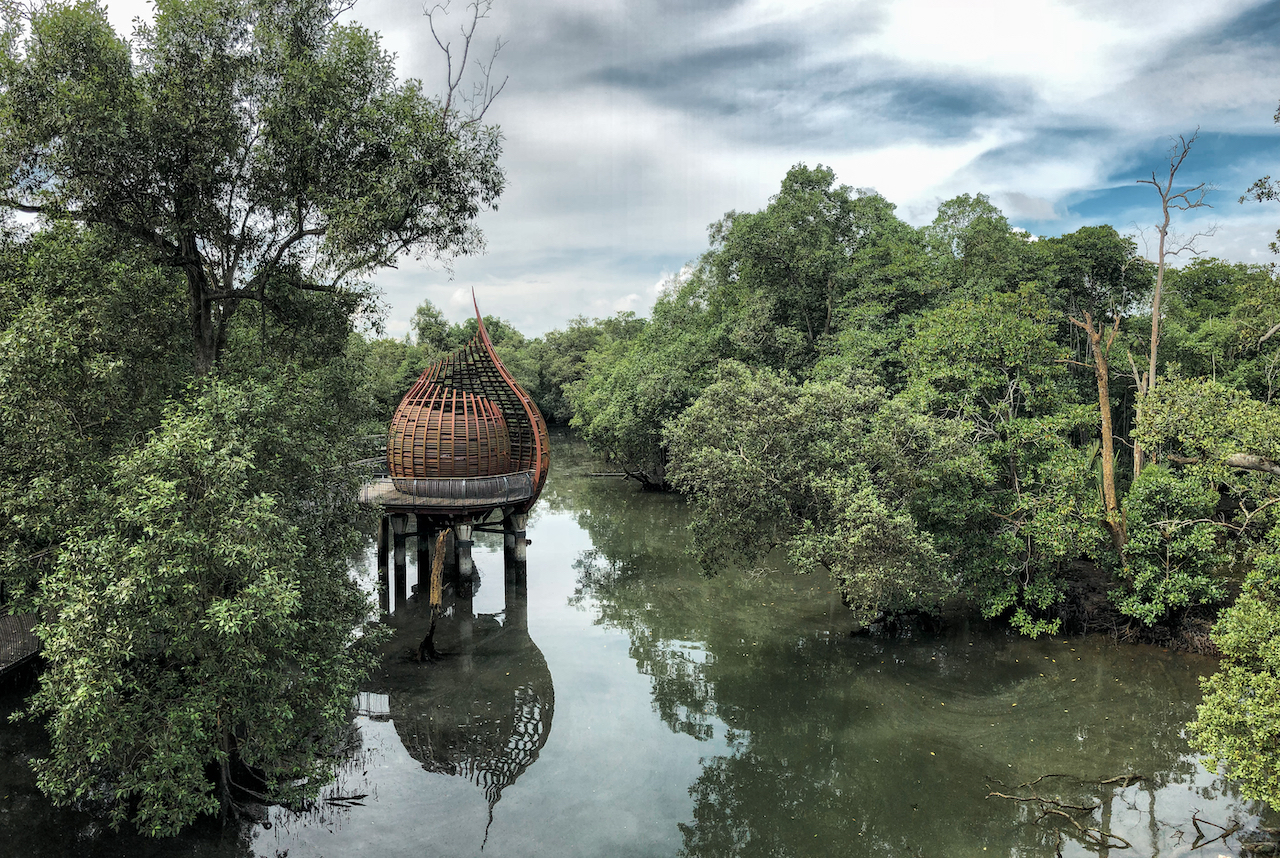
West: Jurong Lake Garden
A beautiful park in its own right, this underrated spot often sees cameos from striking migrants such as the Blue-winged pitta and Japanese paradise flycatcher.
East: Pasir Ris Park
There is always something to see here, including a pair of Spotted wood owls that have been living in the park for over a decade, the resident Crested goshawks, and a tree near the Sungei Tampines Bridge that’s home to a colony of Grey herons.
Central: Singapore Botanic Gardens
Over half of all birds recorded in Singapore on the eBird database had been sighted here. The Eco-Lake is popular with birds such as the Cinnamon bittern and Common kingfisher, while the Grey nightjar and Greater racket-tailed drongo can sometimes be found at the Healing Garden or Fragrant Garden.
The post Why birdwatching could be the next big thing in Singapore appeared first on SilverKris.
from SilverKris
No comments:
Post a Comment